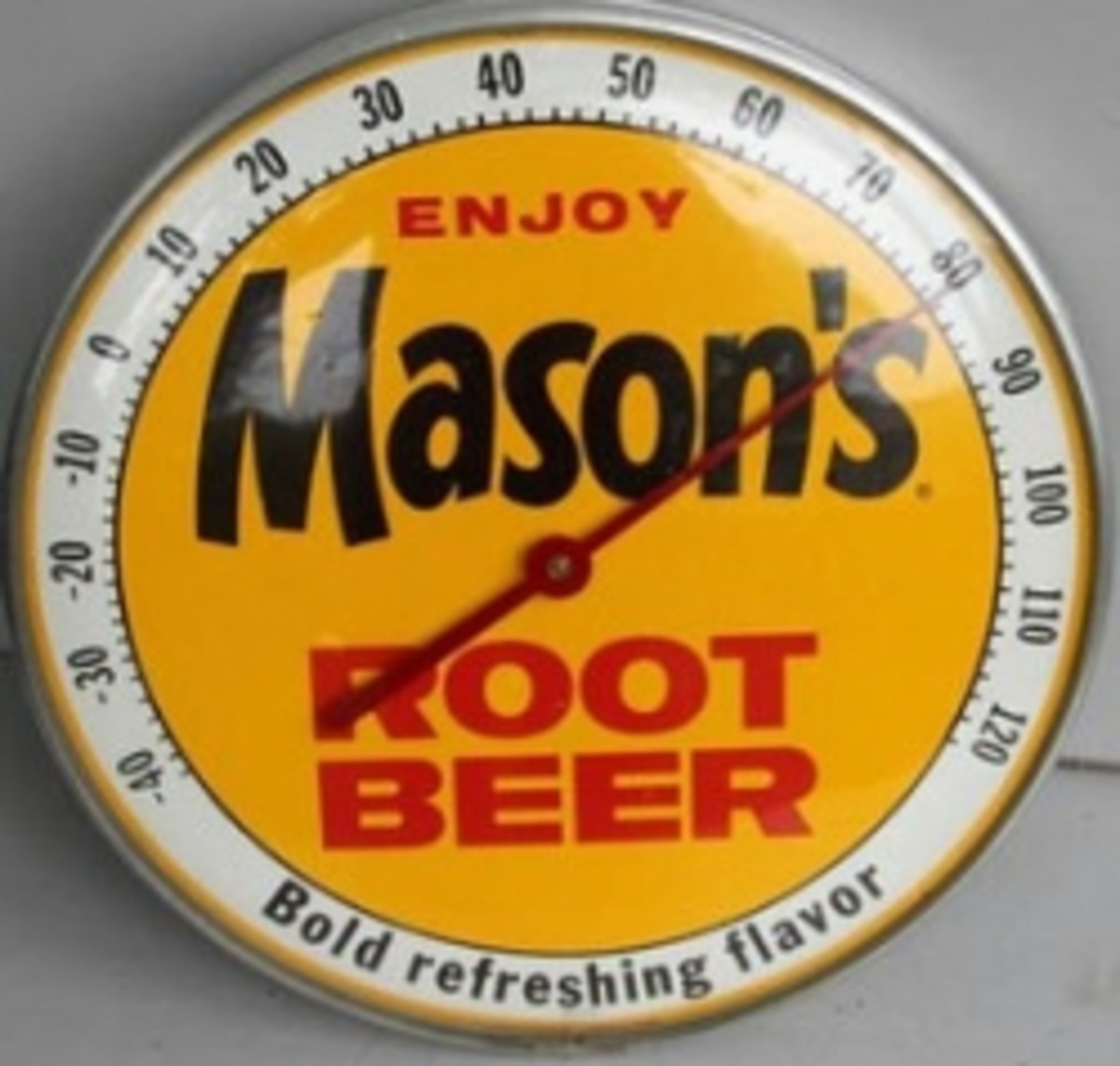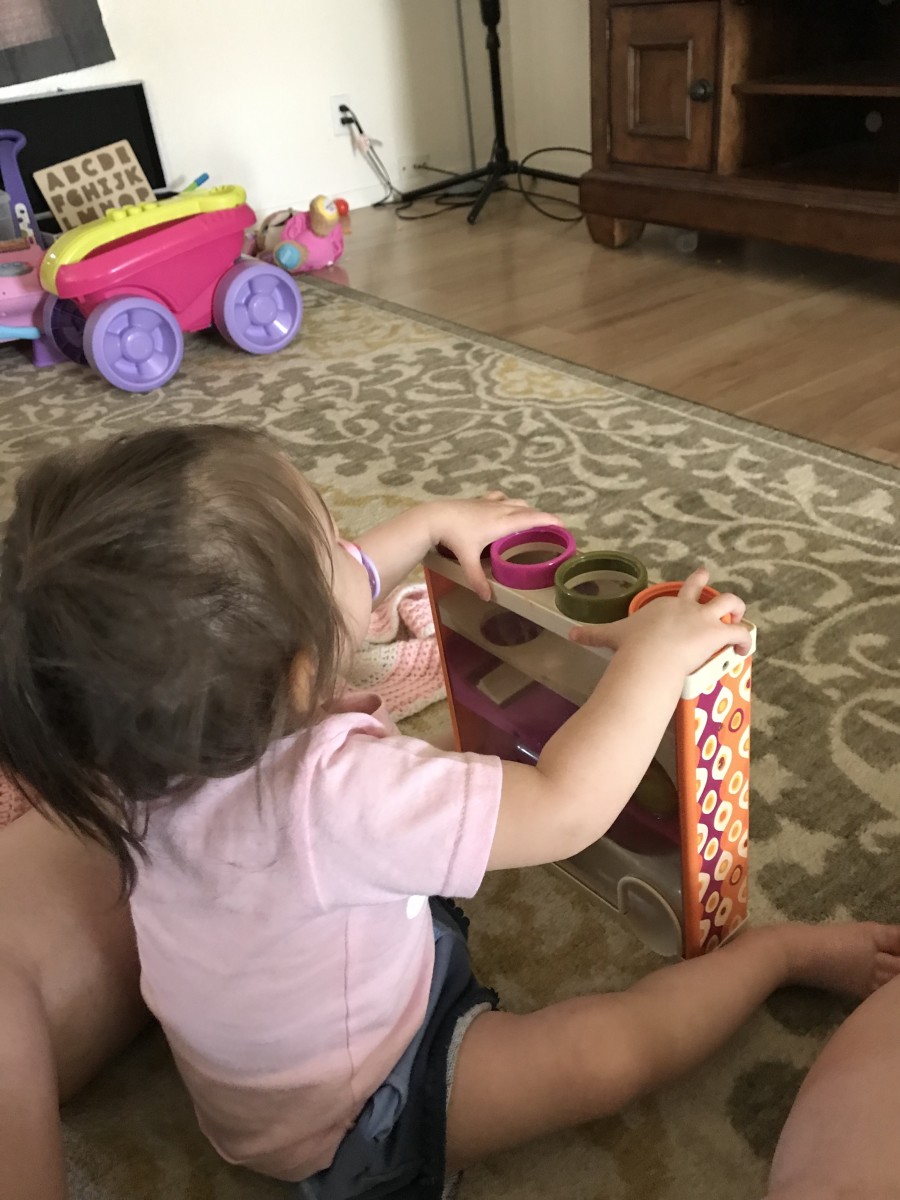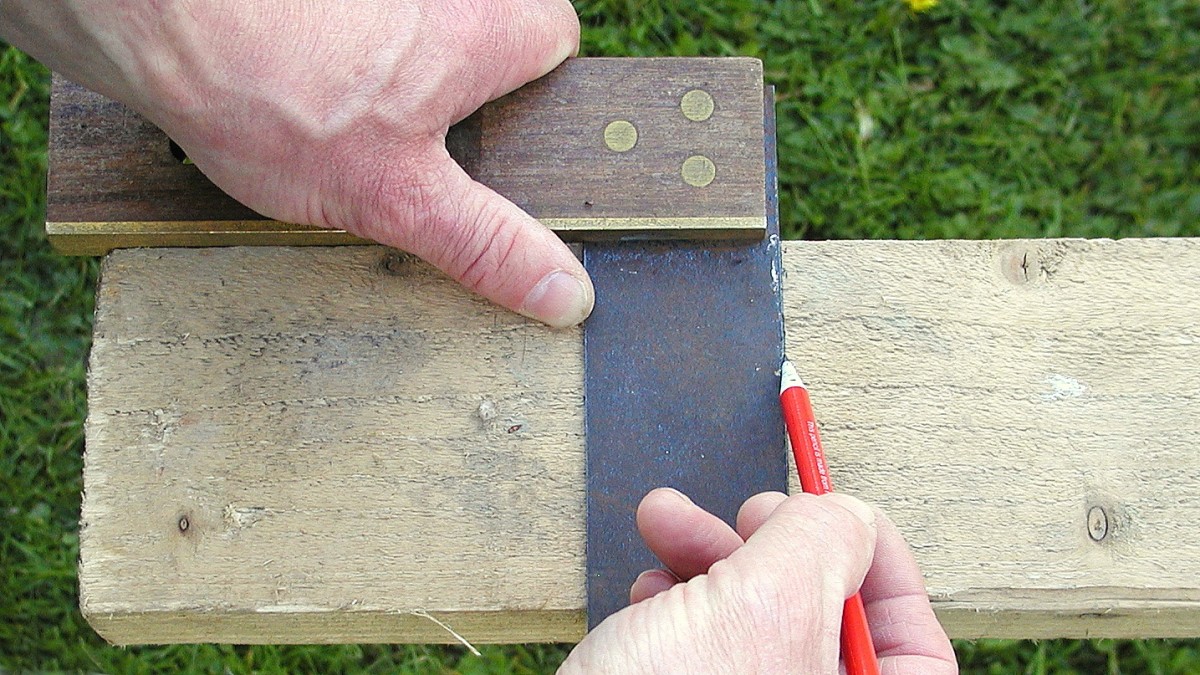How to Take Your Kids Temperature Correctly With Different Types of Thermometers
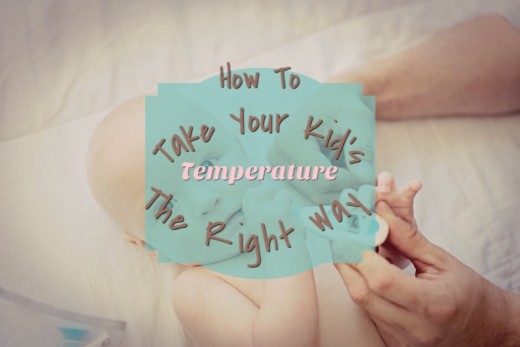
Any parent will tell you that having children means you will have to fight your fair share of cold and flu germs. These battles can be be over quickly or last for weeks and they are almost always accompanied by a fever.
We can try as many remedies as we want but they will all pale in comparison to the bodies own natural reaction to a virus, a temperate.
How often do you deal with fevers in your home?
How many times a year do you have to deal with fevers?
What is a Normal Body Temperature for Kids and Adults?
A "normal temperature" will vary depending on many different things. Things such as age, activity level, and even what time of day you take the body temp. For example: most elderly people are less active and so they have a harder time conserving heat and may have a lower body temperature.
Most health-care professionals consider 98.6 to be the average temperature among people, but how much can this number vary before it becomes worrisome?
A basic rule-of-thumb is as followed:
- Over 65 - 98.6°F (36.2°C) is the average body temperature for an elderly adult over the age sixty-five, but this number may be a degree or two lower.
- Infants and Children - 97.9°F (36.6°C) to 99°F (37.2°C) is a typical temperature for a kid.
- Adults 18 to 65 - 97°F (36.1°C) to 99°F (37.2°C) Is the range where most adults fall but this can be a degree or two higher or lower without causing alarm.
It's a good idea to take your temperature at a time when you know you're not sick so you have a baseline reading. This is especially useful when you have young children. Knowing where there temperatures generally run will help you better identify a fever when it occurs.
Choosing the Right Type of Thermometer
There are many types of digital thermometers available on the market and you can find them at almost any grocery or department store. Even the local dollar store will typically have a cheap thermometer you can buy in a pinch.
Since they all function differently, you should always read the instructions to ensure you know how to use your thermometer correctly. Some will use color or sound to signal different messages. For example, I once had one that flashed red when it detected a very high fever.
There are different methods, or ways, to take a temperature. Some thermometers are designed for one specific method, but usually a digital thermometer can be used in a variety of ways.
The most common ways to take a temperature is with these methods:
- rectal (in the bottom)
- oral (in the mouth)
- axillary (under the arm)
Electronic ear - a digital thermometer that is places inside the ear canal and quickly takes a reading. They are generally not recommended for use by parents because they're less accurate then other types.
Forehead (temporal artery) - These are used by finding the correct place by the temple and swiping the device across the patients forehead. Again, not recommended for use, when other thermometers could be used, because they're less accurate.
Pacifier thermometers - ideally this would be used by parents who have very young babies at home. They're not highly recommended either because they're less accurate.
Glass (mercury) - these were once extremely popular, and the most commonly found thermometer in households around the world. However, because of the risk of mercury, they have become less popular.
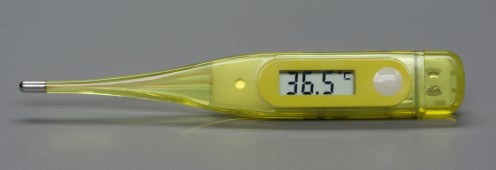
How Should I Take My Childs Temperature?
The method you should use to take your child's temperature depends on the age of the child.
Newborn - 6 months: the best way to get an accurate reading, for a child this age, is by using a digital thermometer to take a rectal temp.
6 months - 4 years: a rectal temp is the best method until your child gets old enough to squirm around a lot. Once they do it becomes to risky to take a temperature rectally, because you may slip or push the device to far into the rectum. When this becomes an issue it is best to take a temperature under the arm.
4 years and older: axillary is a good method, but is not always one hundred percent accurate. If your kid will cooperate with an oral temperature this is the recommended method at this age. However, if they cannot keep their mouth closed long enough you may still use the axillary or rectal method.
How To Take A Rectal Temperature
People might cringe at the idea of taking a temperature this way, but once you're a parent it becomes natural. If this is the first time you've ever had to take a temp this way, or you're just looking for advice to make sure you're doing it correctly, you can follow the easy steps below.
- Lay the child comfortably on their stomach.
- Dab a small amount of lubricant on the end of the thermometer to ensure it slides in smoothly.
- Place just the tip of the digital thermometer inside the rectum. Typically, there will be a small metal piece on the end of the device and that is all that need be inserted.
- Follow the thermometers instructions for taking the temp, and when it is done, gently pull it out.
When done right your child should not feel any major discomfort, and should never feel pain. If they show signs of serious discomfort or pain, stop immediately, and try a different method. If your child moves around too much, or protests to this method, try a different way. This should really only be used when a child is to small to get an accurate reading any other way.
How To Take A Child's Temperature Under The Arm (Axillary)
An auxiliary temperature is the least accurate out of all of the methods, but is a good in between method. This works well when your child is too old for a rectal temperature but too young to take an oral temp correctly.
- Have the child sit in a comfortable position.
- Have them remove their shirt, wear a loose fitting cover, or pull their arm out of their sleeve, to give you access to their armpit.
- Place the thermometer in the middle of their under-arm, and have them put their arm back down over the thermometer.
- Follow the instructions for that specific thermometer.
- Once it is done, remove it from under the child's arm.
Some people say you should add 2-3 degrees onto a temperature taken with this method, but it really depends on the thermometer and how accurate it is. You can test the accuracy by taking your own temperature both orally and then under your arm, and compare the results to see if they match.
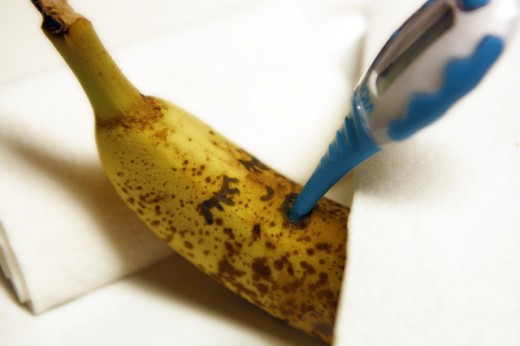
How To Take An Oral Temperature
The oral temp is probably the most common method, and the one that most people are most familiar with. If you go to the Doctor, this is how they would take your temperature. However, it can be difficult to do this with a child who cannot understand the concept of it yet. Your child must be able to hold the device under their young without opening their mouth for an extended period of time. If they can do this, this would be the best method to choose for taking their temperature.You can do that by following the steps below:
- Ask the child to open their mouth. Make sure they have not had anything overly hot, or cold, to eat or drink directly before taking their temperature.
- Place the thermometer under the child's tongue.
- Have the child close their mouth, while still holding the device under their tongue.
- Follow the thermometers directions, and when it is done, remove it from their mouth.
When Should I Worry About My Child's Temperature?
Not to many years ago you would have been warned to keep a close eye on a fever, and rush your child to the doctor at the first sign of one. Today, many professionals will tell you not to worry about a fever because it is the body doing what it should be doing to fight an infection. However, if you notice their temp is extremely high, cannot be brought down, is consistent for a long period of time, or the child is showing other serious signs, you should contact your physician immediately.
How should you take a kid's temp at each age?
Infant (0-12 mo)
| Rectal Temperature
|
Toddler (1-3 yr)
| Rectal or Under Arm Temperature
|
Child (3+)
| Under Arm or Oral Temperature
|
© 2018 Meagan Ireland

